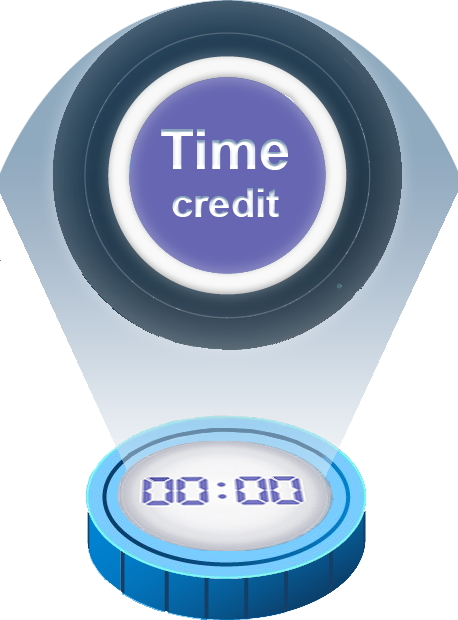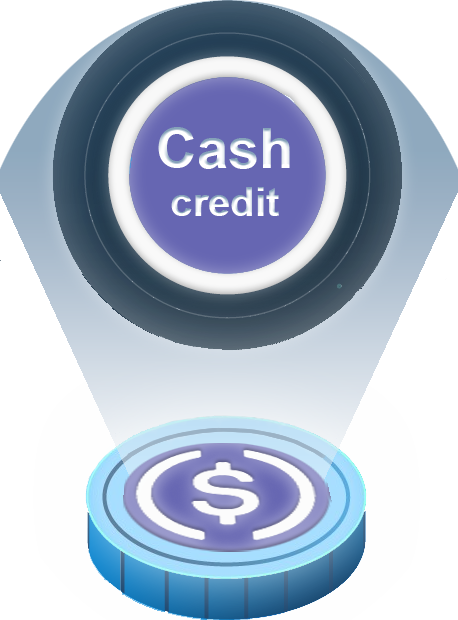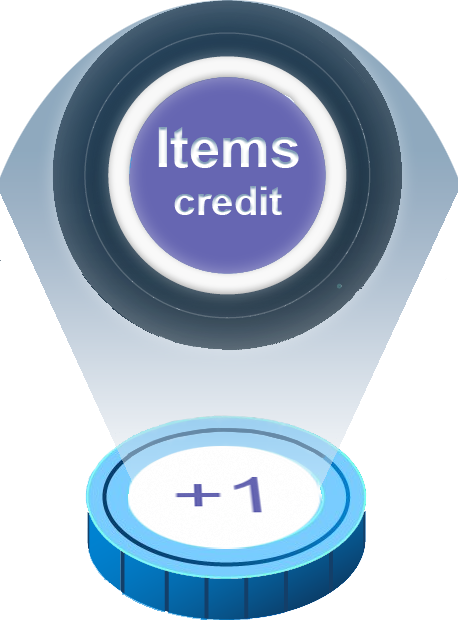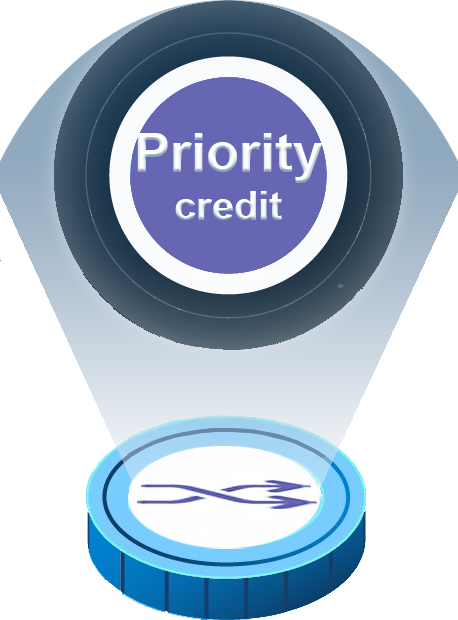Introduction
Creators and builders seek new opportunities to grow revenue from their content, users, and audience. While traditional online marketplaces and community platforms have succeeded in fostering sustainable audience growth and content dissemination, they have provided limited content monetization or revenue potential. Furthermore AI based applications have continued to eroade an increasing portion of the creator's traditional revenue stream.
Web2 revenue sharing models are extractive: platforms retain at least 50% of ad revenue; while marketplaces can take up to 30% commissions.
Creators lack control of aggregation and sale of their data and share of resulting revenue.
Web2 marketplaces handle their creator-base like solitary vendors, lacking tools that foster joint offerings, cross promotions, revenue sharing amongst creators, or secondary markets.
Meritic is a Web3 marketplace enabling creators and service providers to issue time and service credits for sale or auction. Credits, issued as digital tokens, grant access to a creator or service's time, items, or other resources offered.
We use creator to refer to any individual(s) (or AI) providing value sufficient to attract an online community of users, followers, or audience. The service, not necessarily accessible online, is what the creator offers that the community derives value from.
Need to tokenize time
For many creators, time is their most-valued asset; creators invest most of their productive time in producing, and delivering content. Due to lack of time, they restrict user / follower engagement to mass channels: community-wide comment sessions and live streams instead of one-on-ones. Many popular creators even ignore direct messages (DMs) as it is a struggle to filter legitimate inquiries from today’s chat bots. By allocating and issuing time, for engaging 1-on-1 with community members, as tokens, and accepting bids on a marketplace, the creator gains a revenue channel of legitimate inquiries.
Service offerings, from reservations to content subscriptions, are valued per unit time. So to issue service credit as tokens requires that we create tokens able to hold time value. Time tokens will enable more dynamic ad-hoc pricing and revenue opportunities.
Need for tokenized credit
Traditional firms issue credit regularly: merchants issue gift certificates, discount certificates, and membership plans give a certain period for free to attract new customers or lock in revenue for service to be rendered in the future. For the creator economy, although Stripe has offered coupon-code based remedies, overhead tracking costs have made traditional credit issuance unappealing to creators and small service providers.
For Web3 projects, credits offer higher liquidity and potential for secondary market transactions. A credit holder has more options as one holding the product or digital artwork, including the option of waiting for the future when prices or offerings improve. Meritic enables creators to issue Service tokens, which are credit instruments that are redeemable for services.




Target markets
We intend on targeting creators and app services in Wellness, Arts & Music, and Analysis. A service may belong to one or more of these categories.
Wellness
We seek certified Wellness experts (humans) and Wellness app services (AI / Algo driven) to issue credits on our marketplace. If you've used an AI Health or Fitness app, you know that occasionally, you want to connect to an expert to check if the AI's regimen is correct for your present situation. Our need for Wellness experts to tokenize their time is born from realization that Wellness apps cannot keep a team of trainers or doctors on standby in the event a user needs an expert to corroborate or tweek the app's recommendation. With a marketplace of Wellness professionals, each having provided his/her availability and service focus, and price, an in-app request to check with a human expert, becomes an app-to-marketplace query where the app searches for an expert currently available to join a 1-on-1 video stream with the user. Though some consumers will purchase credits from Wellness experts, it is the app-to-marketplace need for experts that we aim to address.
Arts & Music
Traditional modes of consumption such as streaming or sale of individual items are not sustainable. Web2 ad-based content streaming platforms retain at least 50% of ad revenue, while platforms like Spotify that charge relatively low monthly dues, retain 30% commission. Generative AI tools have taken the market for digital art pieces. Issuing time tokens allows artists to contribute their time and creativity to other projects or to fans seeking more direct engagement. Selling credits for their work enables their use in creative or AI training projects.
Analysis
Many creators have expertise in finance and economics, hard sciences, mathematics, or geopolitics. These creators will issue credits for their time and content, which we anticipate will be in the form of newsletters, videos, or 1-on-1 sessions. Listing their availability and pricing also enables them to accept and respond to accept and answer third party app queries for experts.
The ERC-3525 token standard
Credit is semi-fungible. To see why, consider a Fitness trainer. Credits she grants to access her virtual class may not necessarily transfer to her in-studio sessions. So two credits issued by this creator are not fungible. On the other hand if two of her tokens each hold $30 worth of credits that can be applied to her virtual session, then those credits are functionally equivalent - and therefore fungible. Web3 projects have historically relied on Ethereum’s ERC-20 fungible token standard, ERC-721 non-fungible standard, and more recently - the ERC-1155 multi-asset token standard. Of these three standards, only ERC-1155 can represent fungibility and non-fungibility alike, but it does so by binding fungible value to wallet address rather than to token IDs. This binding makes ERC-1155 an unsuitable standard for smart contracts that mint credits tokens. ERC-3525, a new Ethereum semi-fungible token standard ratified in December 2022 is ideal for representing service credit. Each ERC-3525 token has a Token ID, a Value, and a Slot ID. A creator or project will likely have offerings that differ by time, venue (virtual vs physical), coverage or other features; each token ID associates to an offering issued to a customer. The value tracks how much credit is available on the token. As with an NFT, a holder of a 3525 token may sell / transfer the token to another person; unlike NFTs, 3525 tokens enables the holder to transfer value from their token to another token with the same slot ID. For instance, you may have a special promotional or charity offering which you do not want to honor existing credit redemptions; then you would assign the promotional tokens to a new slot ID.